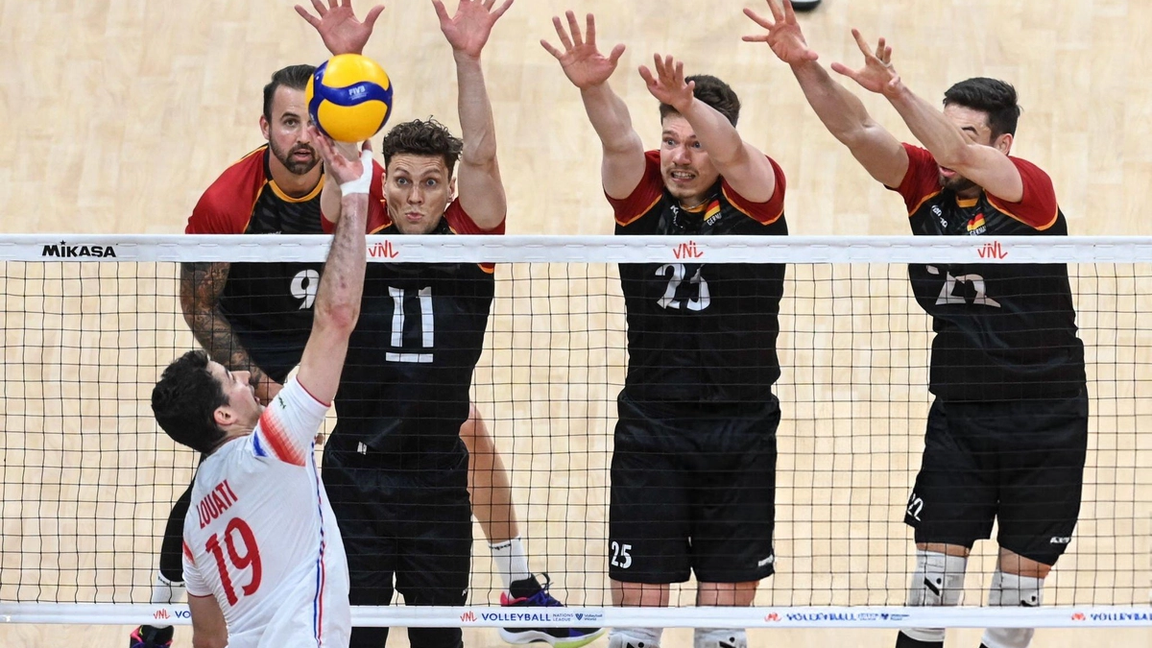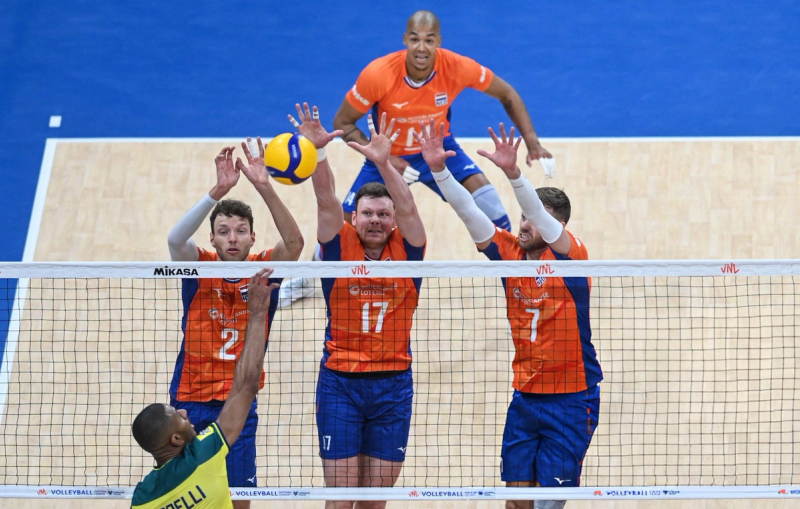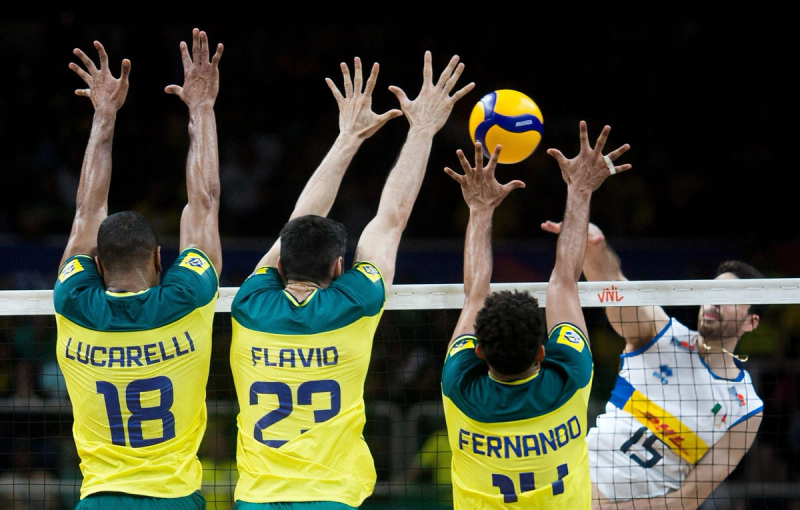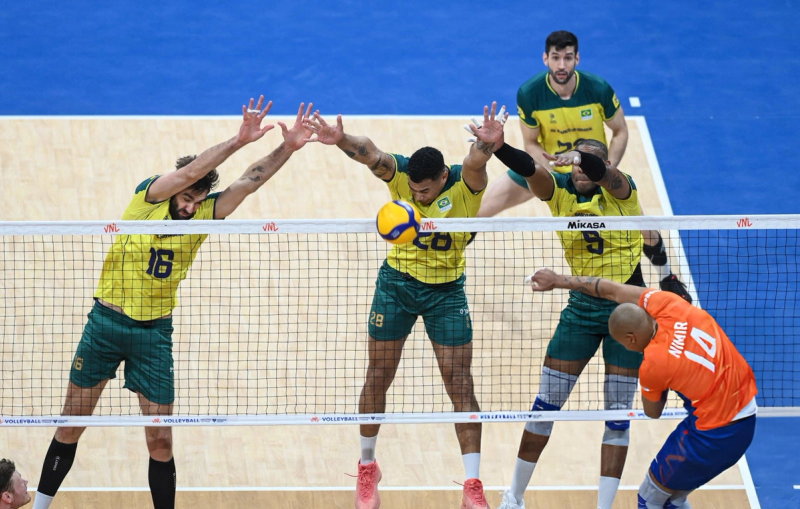
Why Communication Helps Blocking

Matt Nikishin
•
6th August, 2025
In volleyball, successful blocking isn’t just about size, timing, or jumping ability—it’s also about communication. Whether you're a middle blocker or an outside hitter, your ability to connect with teammates can dramatically improve your blocking accuracy and defensive effectiveness.
Back-Row Players See the Whole Court

One of the most valuable communication sources comes from the back-row. These players have a clear, wide-angle view of the entire court, making them ideal spotters for:
- Hitter approach angles
- Setter tendencies
- Court spacing
Back-row players can alert blockers to the hitter’s favorite angles or changes in set direction. This real-time feedback helps front-row players anticipate movements faster than relying on instinct alone.
Example:
You're positioned to block, and your libero yells “outside hitter!”—you instantly shift to the left and prepare for a cross-court attack.
WATCH THIS VIDEO AND GET NEW INSIGHT TO BUILD COMMUNICATION IN VOLLEYBALL:
Feedback = Faster Adjustments
Teammates aren’t just for support—they’re for calibration.
After a point, quick feedback from others can help you course-correct. Ask:
- “Was I late on the block?”
- “Did the hitter favor line or cross?”
- “Should I have jumped sooner?”
This form of real-time coaching allows you to get better every rally. Over time, these micro-adjustments lead to sharper instincts and cleaner blocks.
Defensive Unity: Working as One
Blocking isn’t just a solo act—it’s a coordinated effort.
When you block a specific angle, like cross-court, your back-row teammates can prepare to dig the opposite shot. This teamwork channels the ball into your defense, increasing the odds of a successful play.
Coordinated Example:
- You take away the cross.
- The libero covers line.
- Result: Hitter is forced into a low-percentage shot or makes an error.
This kind of synergy is only possible if you talk it out—before the serve and during the rally.
📈 Advanced Communication in Blocking

At competitive levels, communication evolves beyond simple calls. Teammates begin analyzing patterns and assigning roles on the fly.
High-Level Cues Include:
- “She tips on tight sets.”
- “She swings line from the left.”
- “Watch for back-row attack.”
Dynamic In-Play Adjustments:
- “I’ll take her cross; you cover the tip.”
- “Slide block left and commit.”
This strategic chatter builds trust and responsiveness, making your block more adaptable and powerful.
💡 Quick Communication Tips

Before the Serve:
- Ask: “What’s #9’s go-to shot?”
- Review tendencies: “Is she hitting line or cross more today?”
During the Rally:
- Listen for:
- “Outside!” (set is going wide)
- “Tip!” (prepare for soft shot)
- “Line open!” (adjust hand positioning)
After the Rally:
- Check in with teammates:
- “Was my block closed?”
- “Did I press over the net?”
- “Did I bite on a fake?”
Final Takeaway

Effective communication transforms average blockers into smart, strategic defenders. By trusting your teammates, asking questions, and giving or receiving real-time info, you can plug gaps, make smarter decisions, and dominate at the net.
🗣️ Want Smarter Blocking? Start with Smarter Feedback.
Great blocking starts with more than just timing—it starts with communication. With Rewind, you can upload your match video and get clear, position-specific feedback from expert coaches. Learn when your block was late, if your hands were open, or how well you synced with your team.
🧠 Get personalized insights to sharpen your reads, positioning, and timing.
📈 Improve with every match—just like the pros.
🔗 Start now at TryRewind.co
📸 Click the image below and start blocking smarter today.
